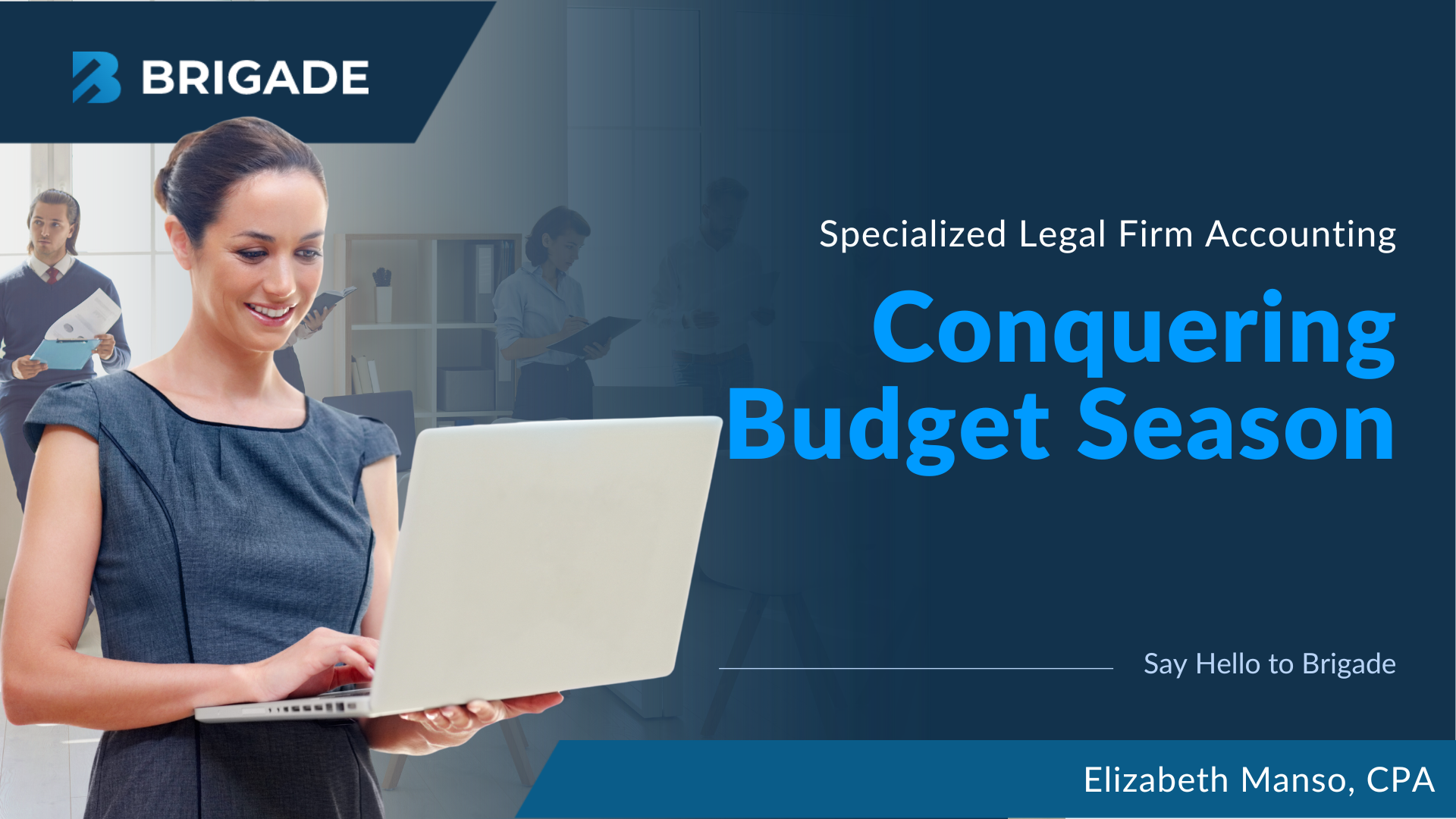
Unfortunately, no company is immune from fraud. When it happens at a small business, where a few employees shoulder numerous responsibilities, the betrayal cuts deep. If someone decides to commit fraud, they may rely on your belief that he/she is a long-time/higher-up/loyal/excellent employee to keep from being detected.
Because it’s important to both trust your employees and be smart about potential deceit, it’s best to set up a system of checks and balances to help prevent and detect fraud.
Step One: Separate Responsibilities
Ensure no single person has control over all aspects of a financial transaction. Here are a few examples:
- Hold different people responsible for:
- Receipt and deposit functions vs. record keeping functions.
- Purchasing functions vs. payables functions.
- Working with your suppliers vs. receiving stock and taking a physical count.
- Writing vs. signing checks.
- Authorizing & recording payroll vs. distributing paychecks.
- Require purchases, disbursements, refunds, etc. to be authorized before they occur.
- When opening mail, endorse or stamp checks “For Deposit Only” and log checks before turning them over to the person responsible for depositing them.
- Require approval of timesheets.
Step Two: Incorporate Financial Checks & Balances
In addition to dividing up responsibilities, take steps to regularly review and check financial transactions.
- Review your paperwork. Reconcile bank accounts and credit card statements.
- Check inventory. Is everything that’s supposed to be on the shelves there?
- Restrict access or only permit with authorization. This includes the use of the company credit card, vehicle, phones, laptops, petty cash, and any other relevant company property.
Step Three: Let Employees Know & Help Them Understand
Your efforts shouldn’t be a secret. Encourage continued good behavior and a trustworthy relationship by being transparent.
- Spell out their roles and responsibilities and incorporate your expectations for honesty.
- Help employees understand why the checks and balances are in place and that it is everyone’s responsibility to adhere to them.
- Outline what has restricted access, what will need authorization, etc., so it becomes second nature to your team.
- Make it clear that you, as the owner/manager/boss, won’t tolerate fraud. Explain what will happen if fraud is discovered. Zero tolerance needs to apply, no matter who committed the fraud.
- Give your team a sense of pride and motivate them to be a part of the company’s success. You want them to be just as upset by cheating as you would be. They will likely become whistleblowers rather than stay silent if they know that even minor fraud isn’t a victimless crime.
If your business is too small to separate these duties, seek out an independent reviewer. If you need additional guidance on financial checks and balances, or setting up a system for reporting and reviewing your financial records in a way that will help you spot fraud, we can help. Contact us today for a consultation.
Additional Sources

